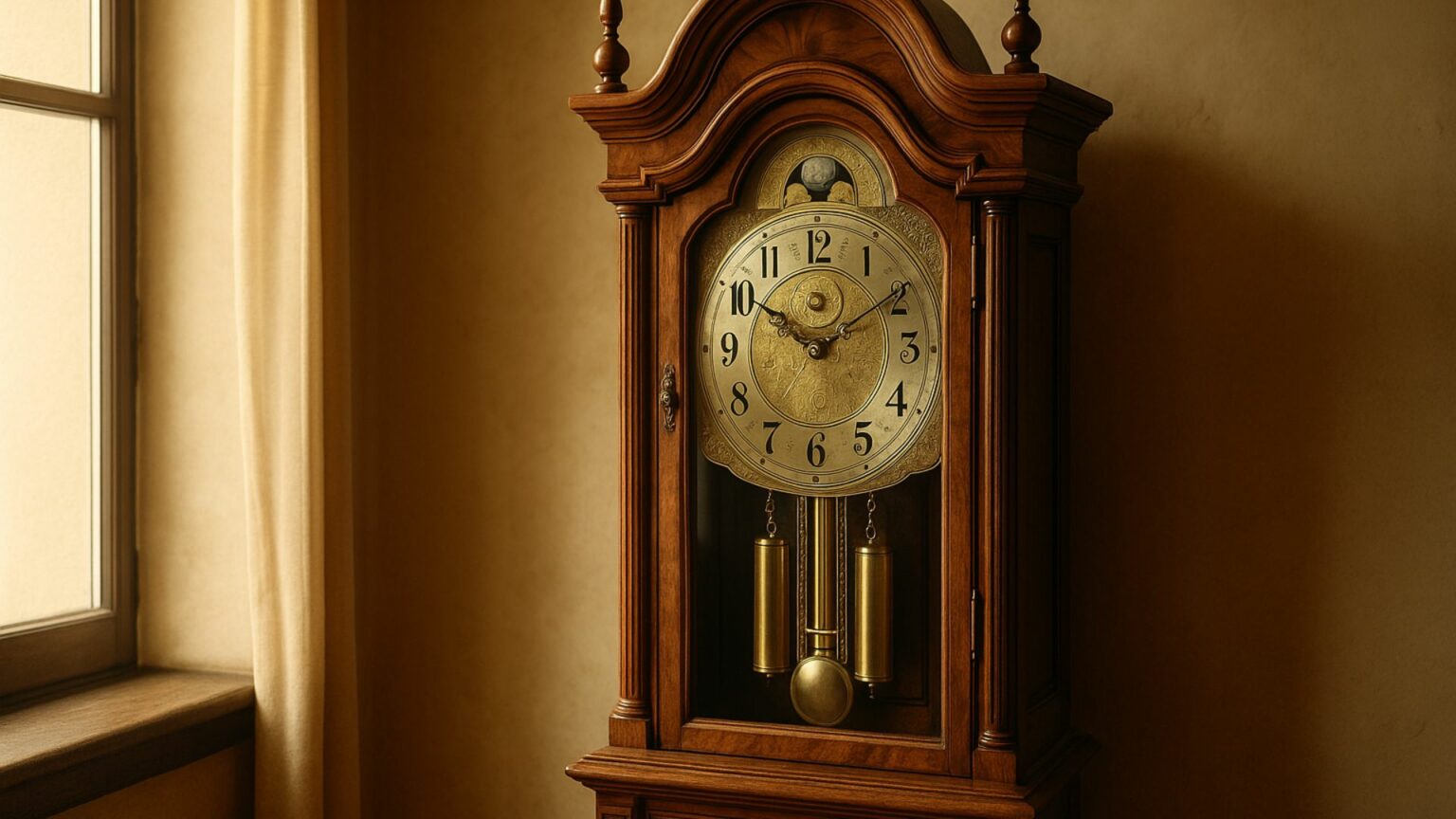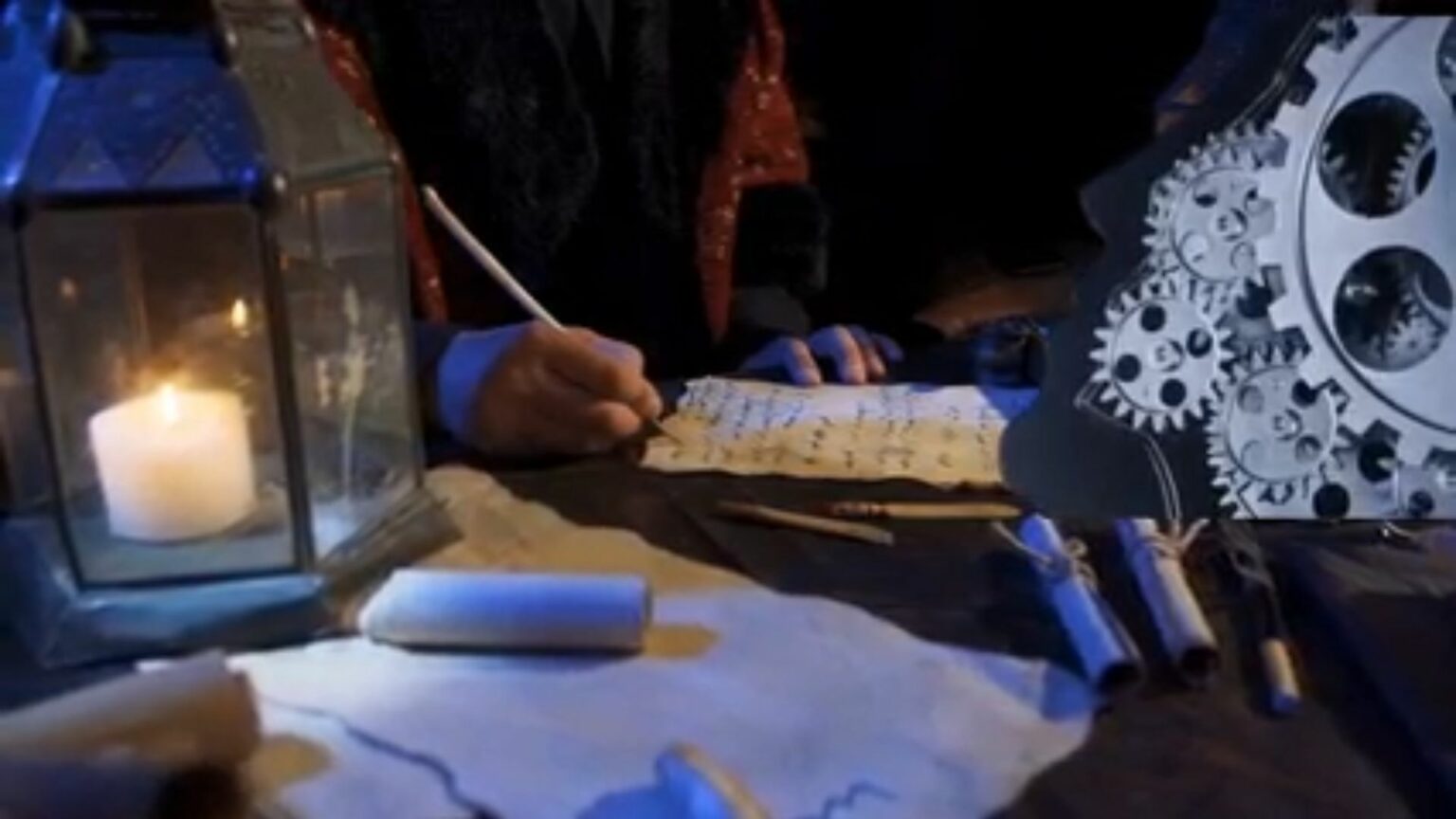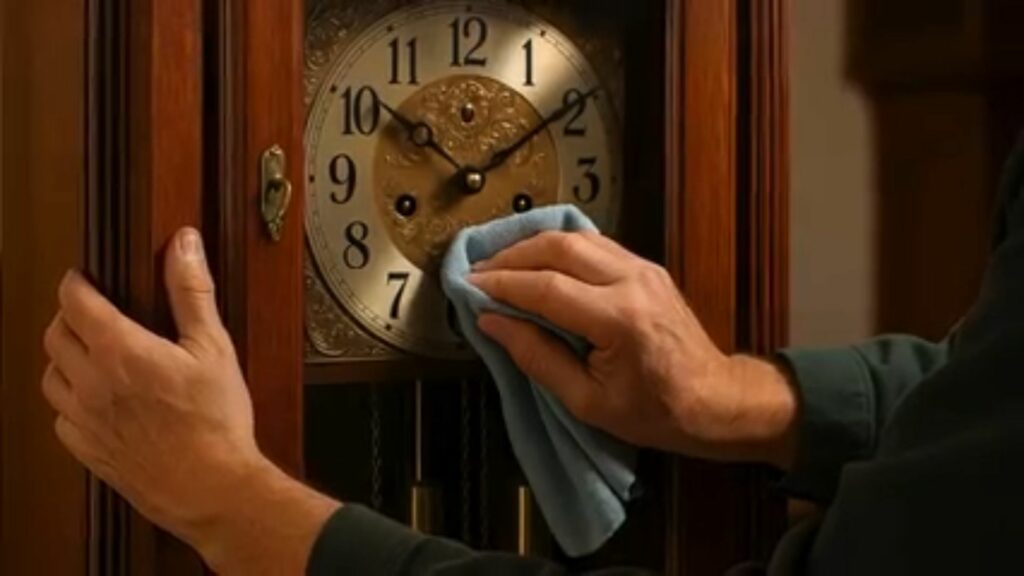5 Helpful Tips for Keeping Your Grandfather Clock in Top Condition
Home » 5 Helpful Tips for Keeping Your Grandfather Clock in Top Condition

These 5 helpful tips for keeping your grandfather clock in top condition will save you money, heartbreak, and maybe even your sanity. Grandfather clocks aren’t just timekeepers. They’re towering time machines of class, craftsmanship, and history. There’s something oddly therapeutic about watching that pendulum swing—like it’s hypnotizing you into calm. If you’ve got one, treat it with respect. If you’re thinking about getting one, pay close attention. So let’s wind up and dive in.
1. Understand the Mechanism: Know What You’re Working With

You wouldn’t tune a piano blindfolded, would you? The same logic applies here. Grandfather clocks are complex mechanical marvels. Before you dive into maintenance or repairs, you’ve got to know what makes them tick—literally. Most antique models feature 8-day movements, meaning they require winding once a week. Miss that, and suddenly your timeless treasure turns into a very expensive sculpture.
The inner workings include the movement (the engine of the clock), weights and pendulum (which control timing and gravity), chimes (producing those beautiful melodies), and the wooden cabinet (where all the action lives). Knowing these parts isn’t just helpful—it’s crucial.
A Michigan homeowner once bought a 1920s Colonial Mfg. Co. grandfather clock for just $150 at an estate sale. It hadn’t been cleaned in 15 years. The result? A rusted pendulum, tangled chains, and a warped cabinet. Repair cost? $800. That’s not a gentle learning curve.
2. Keep It Clean—But Gently
Cleaning a grandfather clock isn’t like cleaning your kitchen counter. One wrong move, and you’re doing more harm than good. Dust builds up quickly, especially on those intricate wooden surfaces. The best move? Use a microfiber cloth to gently wipe down the exterior weekly—without using chemical sprays or polish. A dry cloth works best for the glass panels as well.
As for the interior, professional cleaning every one to three years will keep the movement running smoothly. You may be tempted to do it yourself, but before you grab your toolbox, consider this: professional cleanings typically cost $200–$500, but they prevent costly damage down the line.
Yes, DIY sounds like a budget-friendly solution. However, one accidental bump to the escapement or a misguided blast of compressed air could send you running to a repair shop with a sad wallet. Especially if your clock is more than 50 years old, professional maintenance is not just an option—it’s a smart investment.
3. Regulate Humidity and Placement
Would you stick a fine leather chair next to a radiator? Of course not. That’s why you need to be strategic about where your grandfather clock lives. Moisture and temperature swings wreak havoc on wood and metal.
Keep your clock in a room with 40% to 60% humidity. Anything lower causes the wood to shrink; anything higher makes it swell. Metal components can rust, and the clock oils thicken in cold conditions, slowing performance. Always avoid placing the clock in direct sunlight, near fireplaces, or next to drafty windows.
Ideally, you should place your clock on a solid, level floor to maintain pendulum accuracy. A rug or mat underneath can protect the wooden base from moisture creeping up from below. One real-world example? A family showcased their heirloom clock in a sunny bay window. Two years later, the back panel cracked, the chimes misfired, and they faced an $800 restoration bill. Ouch.

4. Wind It Right—Every Time
Winding your clock isn’t just part of the job—it’s the ritual that keeps it alive. Still, many owners do it wrong. Always wind your clock once a week, on the same day and time. Doing so keeps the weights evenly balanced and the clock accurate.
Use the proper crank for cable-driven movements. Insert it gently into the winding arbor and turn it clockwise with slow, consistent pressure. Be careful not to force it—light resistance means it’s time to stop. Wind all three arbors: left for chimes, center for time, and right for the hour strike.
And here’s the golden rule: never let the weights drop fully to the base. If they do, they can jam the movement and cause major damage. Think of winding your clock like feeding a pet—miss a few days, and things go south fast.
5. Schedule Regular Maintenance

Even if your clock seems to be ticking along fine, wear and tear is always working behind the scenes. Over time, bushings wear down, oils dry out, and minor misalignments creep in. That’s why professional servicing every 5 to 10 years is a no-brainer.
A full service includes disassembly, ultrasonic cleaning of the movement, lubrication with high-quality clock oil (never WD-40), and inspection of worn or cracked bushings. Professionals also perform beat adjustments to ensure accurate timekeeping. If all that sounds complicated—it is. That’s why hiring a certified horologist is the way to go.
When should you get it checked? If your clock starts losing more than 5 minutes a day, skips chimes, or starts making grinding noises, it’s time. Don’t wait until it’s beyond repair. That ticking sound you hear? That’s your grandfather clock saying, “Help me out here.”
Is It Worth the Investment? Let’s Be Honest
Of course it is! A grandfather clock is more than just a decorative item. It’s a piece of living history, a conversation starter, and a legacy you can pass down. When maintained properly, these timepieces don’t just retain their value—they often increase in worth.
Sure, they need regular attention, but what doesn’t? Even your car throws a tantrum without an oil change. Let’s break it down:
Pros: They offer timeless charm, can be passed down generations, and add ambiance that no smart device can replicate.
Cons: there’s the cost of maintenance and sensitivity to environmental changes. But really, these are minor inconveniences compared to the joy and elegance a well-maintained grandfather clock brings to your home.
The takeaway? Totally worth it.
Wrapping It Up: 5 helpful Tips for How to Keep Time on Your Side
There you go—5 helpful tips for keeping your grandfather clock in top condition. Understand its mechanism, clean it carefully, monitor the environment, wind it correctly, and schedule routine maintenance. These aren’t just tips—they’re commandments for clock lovers.
When you take care of your grandfather clock, you’re preserving more than time—you’re protecting a piece of history. And that, my friend, is priceless.
Want more tips like these? Subscribe to the Sunday Nostalgia Dispatch and browse our Media and Timepiece sections in the shop. Let your decor tell a story that ticks, tocks, and chimes through the ages.
Bonus Content:
Our goal in writing this essay was to provide you with useful information and ideas. See more material that we think you’ll like down below.